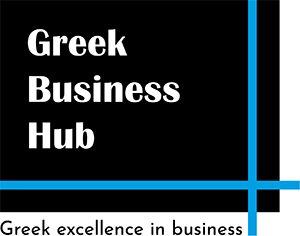Communication vs. Brand Logorrhea: Striking the Balance in Business

In today’s fast-paced business world, effective communication is vital for success.
However, there is a fine line between conveying your brand’s message and falling into the trap of brand logorrhea, where excessive words and information overwhelm your audience. Understanding the difference between these two approaches is essential for building a strong and sustainable business.
Communication: The Art of Clarity
Effective communication is the cornerstone of any successful business. It involves conveying your message clearly and concisely to your target audience. When businesses communicate effectively, they ensure that their message is easily understood, which leads to better engagement and customer trust.
In the context of business, effective communication takes various forms, including marketing campaigns, advertisements, customer interactions, and internal communications. The key to successful communication lies in simplicity and clarity. Businesses must convey their core values, products or services, and unique selling points without overwhelming their audience with excessive information.
Brand Logorrhea: The Pitfall of Excessive Words
Brand logorrhea, on the other hand, is the tendency to use excessive words or information when communicating with your audience. It often stems from the desire to showcase every aspect of a brand, leaving no stone unturned. While the intention behind brand logorrhea may be to provide comprehensive information, it often results in overwhelming and confusing the audience.
In the age of information overload, people have limited attention spans and are bombarded with messages from all directions. Brand logorrhea can lead to a disconnect between the brand and its audience, causing potential customers to disengage or lose interest.
Key Differences
Clarity vs. Overload: The fundamental difference between communication and brand logorrhea is the level of clarity they provide. Effective communication prioritizes clarity, ensuring that the message is easy to understand and remember. In contrast, brand logorrhea overwhelms the audience with information, leading to confusion.
Engagement vs. Disinterest: Effective communication aims to engage the audience by delivering the core message in a compelling way. In contrast, brand logorrhea often results in disinterest as the audience struggles to sift through excessive information.
Memorability vs. Forgettable: Well-crafted communication leaves a lasting impression on the audience, making the brand and its message memorable. Brand logorrhea, due to its excessive nature, is often forgettable as the audience cannot retain all the information presented.
Trust vs. Skepticism: Effective communication builds trust by demonstrating transparency and authenticity. Brand logorrhea can lead to skepticism as the audience questions the need for excessive information and the brand’s credibility.
Striking the Right Balance
To succeed in business, it is crucial to strike the right balance between communication and brand logorrhea. Here are some tips to help businesses find that equilibrium:
You must know Your Audience and understand your target audience’s preferences and what information they need to make informed decisions.
Prioritize your key messages and identify the most critical aspects of your brand or product that need to be communicated and focus on them.
Simplicity is Key. Keep it simple and “stupid’. Keep your messages simple and straightforward. Avoid jargon or unnecessary technical details unless your audience specifically seeks them.
Continuously gather feedback from your audience and adapt your communication strategy accordingly.
Ensure that your brand’s message remains consistent across all communication channels to avoid confusion.
In conclusion, effective communication is the lifeblood of any successful business. While the desire to provide comprehensive information about your brand is understandable, falling into the trap of brand logorrhea can hinder your success.
By prioritizing clarity, engagement, memorability, and trust, businesses can strike the right balance between communication and brand logorrhea, ensuring that their message resonates with their audience and leads to long-term success.





